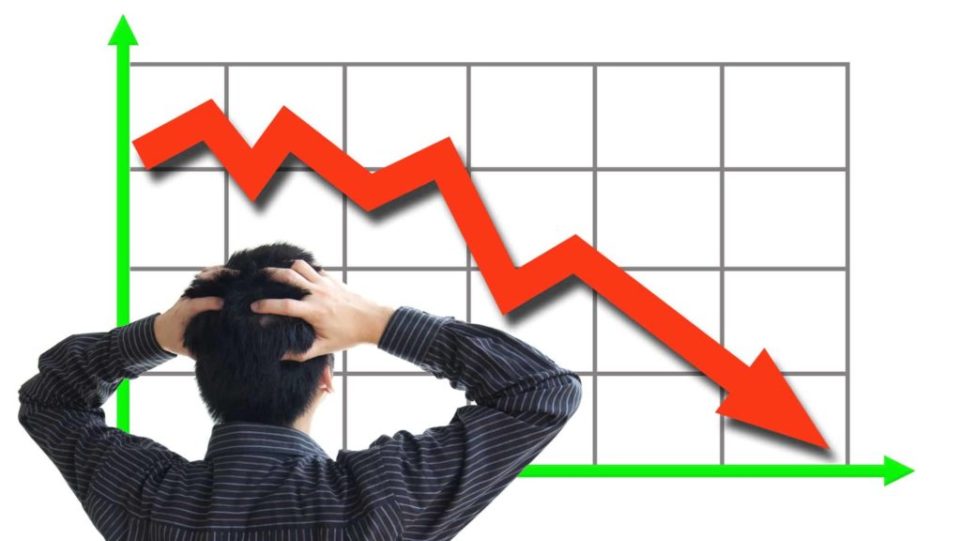
Events like a bear market, pullback, or correction make most traders extremely uneasy. Those who’ve done their due diligence, however, know that these types of declines are relatively common. They have varying degrees of severity, based on duration and relative decline that occurs.
Why Do Dips Happen?
Stock prices typically indicate future expectations of a companies’ profits and cash flows. Whenever these growth projections go south, they’re reflected in the stock price. Common causes include rising market hysteria, declining sentiment, and impulsive protective measures traders may take trying to avoid or mitigate losses.
Pullback
This is arguably the most common type of market dip, which happens when prices drop 5-10 percent after peaking. Pullbacks usually last a few consecutive market sessions at most, and occur amidst uptrends. During a pullback, the stock’s price might fall until hitting its pre-breakout level of support. Many traders see pullbacks as great buying opportunities, especially when their indicators continue to show bullish signs.
Here’s an example – A stock’s price jumps 25 percent after posting positive quarterly earnings, but drops in the following days as traders with holdings take profits. In this case, positive earnings reports are a strong indicator that a stock’s price will continue to rise, in spite of the temporary dip – hence the overall uptrend in which the pullback might occur. Since World War II, 84 notable pullbacks have occurred in the market, with an average loss of around seven percent.
Correction
A correction typically involves a major stock index dropping by 10-20 percent after peaking. In the past, most corrections didn’t lead to bear markets, but definitely put traders on edge. Corrections usually happen when high volatility caused by substantial spikes in trade volume, is triggered by events with troubling economic or financial impacts. Due to the circumstances that cause them, corrections are more consequential than pullbacks. They can last for several weeks or months, and might require just as much time for prices to recuperate. However, the year when a correction transpires will usually remain positive overall.
Since 1974, the S&P 500 increased by an average of around eight percent in the month after a market correction, and grew by nearly 25 percent the following year. From November 1974 to December 2021, there were 24 major market corrections. Only five (1980, 1987, 2000, 2007, 2020) turned into bear markets. Two good examples are when stock indexes plummeted nearly 20 percent amidst the escalating US-China trade war in 2018/19. A more recent one is how the market is currently performing amidst rising interest rates.
Bear Market
Popularly referred to as a “crash,” bear markets occur when a broad market index declines by more than 20 percent since its previous peak, and last for at least two months. There are two types of bear markets – cyclical and secular – which are distinguished by duration. The former can last for weeks or months (2020 Corona Crash). The latter may continue for several years (Great Depression). Bear markets might signal an oncoming recession, and occur when sentiment is highly pessimistic. Signs of a bear market might include ailing economic conditions, market bubble bursts, pandemics, wars, geopolitical crises, and economic government intervention. To try and avoid or minimize losses, traders will typically become more avoidant of risky scenarios, and make more predictable trades.
Fortunately, bear markets are extraordinarily rare. Only 14 significant ones have occurred from April 1947 to September 2021. However, there were 26 bear markets since September 1929 that lasted an average of 289 days (9.6 months), and saw the S&P 500 experience a median decline of 35.62 points. For context, a bear market occurs every 3 ½ years. Having said that, it’s worth noting 11 of them happened between 1929 and 1940. When you factor those 11 out, it increases the average time between bear markets (since 1940) to 5.4 years.
Enjoying our content?
Sign up for our free newsletter – Traders Daily Brief
Read more of our blogs
2208160900EDU





